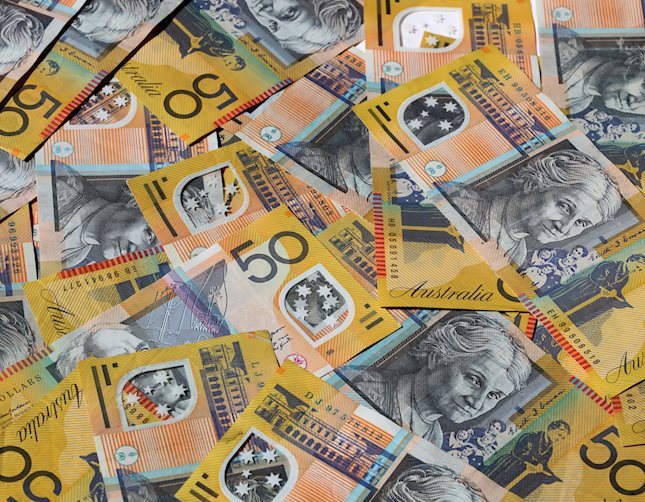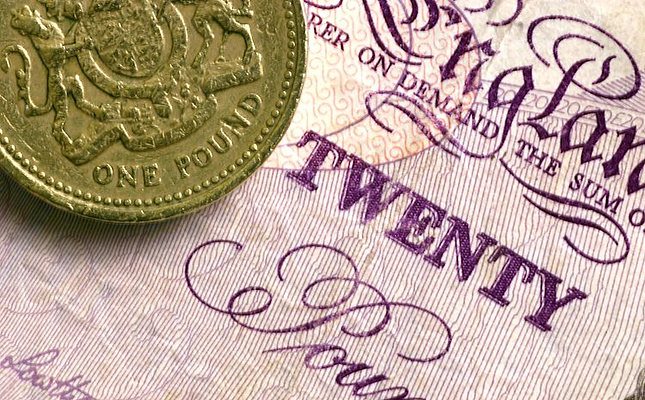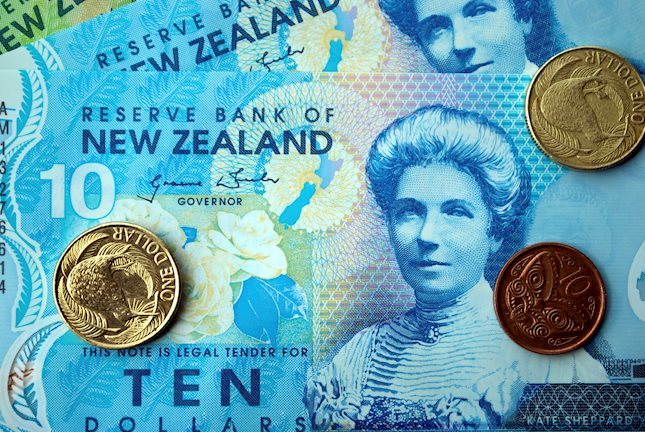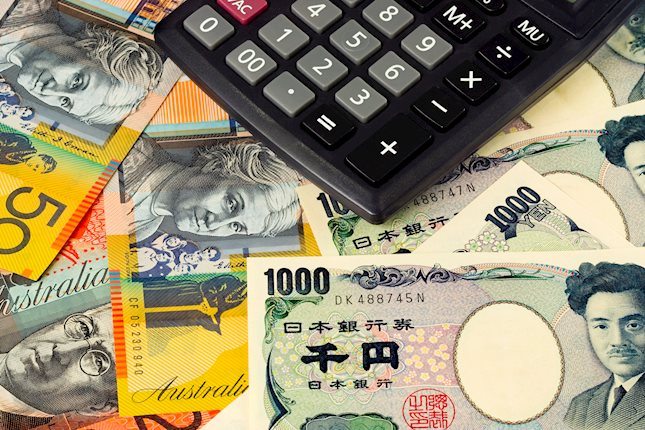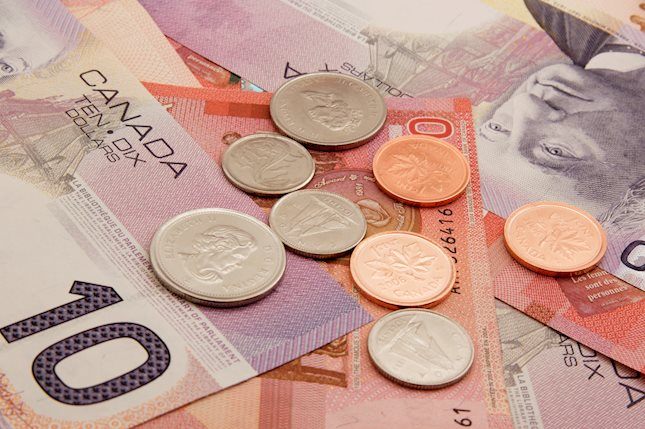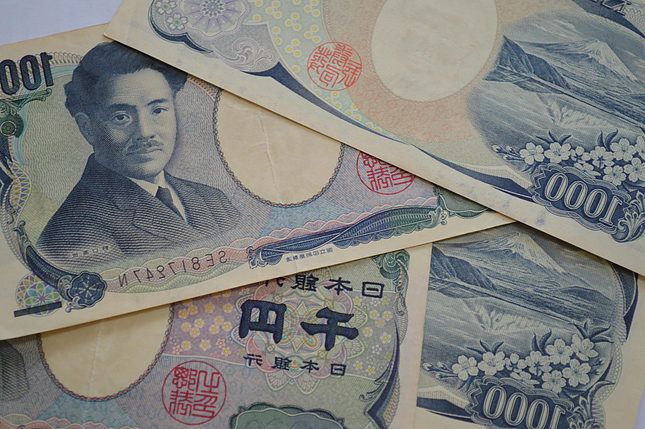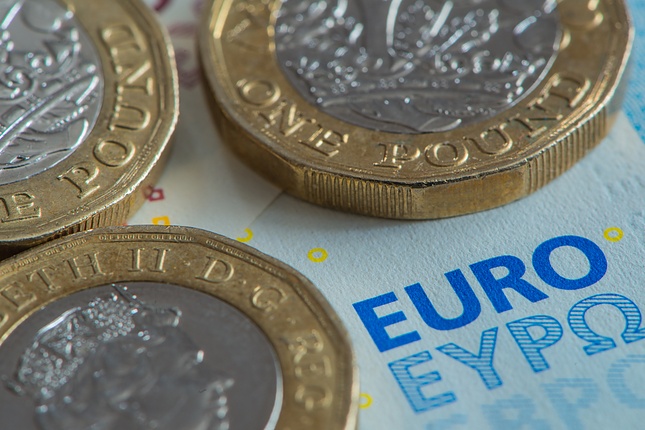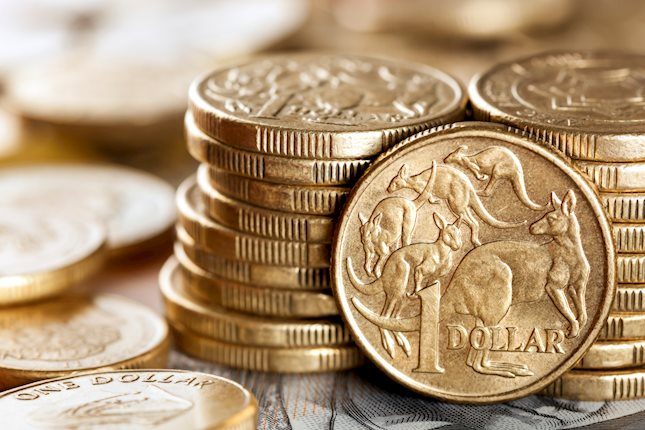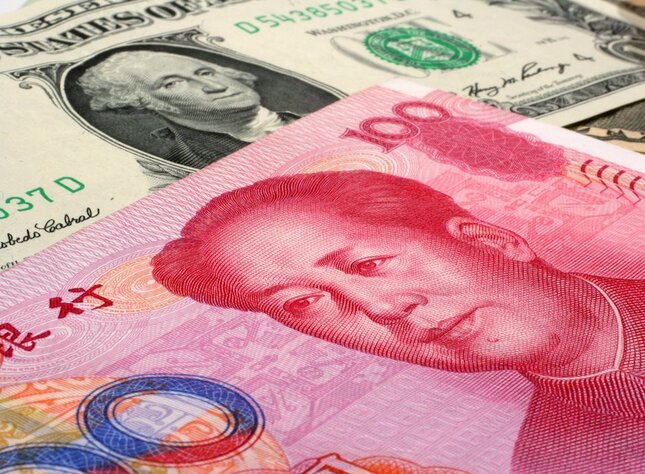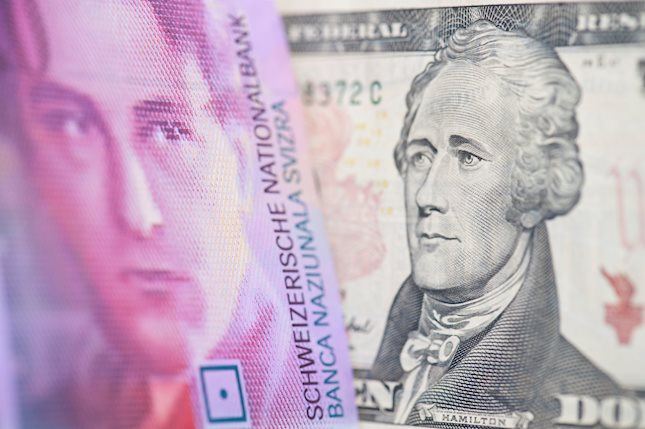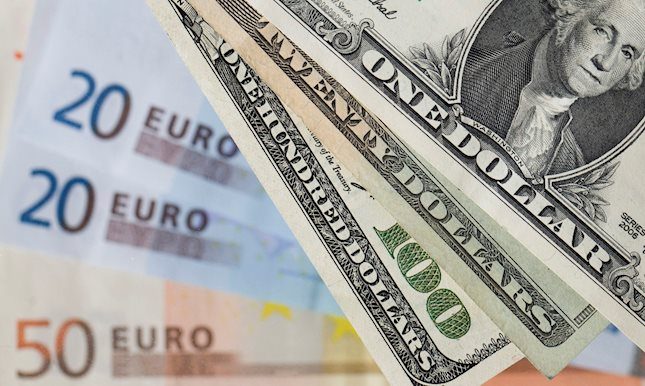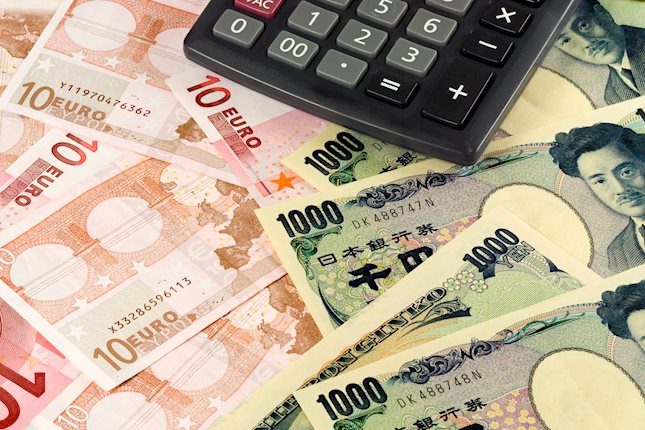USD/INR remains firm ahead of US NFP data
- The Indian Rupee edges lower in Friday’s early European session.
- The firmer USD, a rise in crude oil prices and foreign outflows pressured the INR.
- Investors will closely monitor the US December NFP data.
The Indian Rupee (INR) extends the decline to near a record low on Friday. The stronger US Dollar (USD) and higher crude oil prices continue to weigh on the local currency. This, along with relentless selling in domestic equities and the outflow of foreign capital, might keep the INR under pressure in the near term.
Nonetheless, the RBI could intervene in the foreign exchange market to prevent the INR from depreciating to its historic low level. Later on Friday, traders will keep an eye on the Indian Industrial Output and Manufacturing Output for November. On the US docket, the labor market data for December will be closely watched, including the Nonfarm Payrolls (NFP), Unemployment Rate and Average Hourly Earnings.
Indian Rupee loses ground to near an-all time low amid uncertainties
- "We expect rupee to trade with a negative bias on weak domestic markets, strong dollar and rising US treasury yields. Elevated crude oil prices and FII outflows also put downside pressure on the domestic currency. However, any RBI intervention may support rupee at lower levels. Investors may watch out for non-farm payrolls report. USD-INR spot price is expected to trade in a range of Rs 85.75 to Rs 86.10,” said Anuj Choudhary, Research Analyst at Mirae Asset Sharekhan.
- Foreign investors have removed around $2 billion dollars from India’s stock market since the start of the year.
- India’s economy is estimated to grow by 6.6% in 2025, according to the United Nations World Economic Situation and Prospects (WESP) report on Thursday.
- Federal Reserve Bank of Boston President Susan Collins said on Thursday that significant uncertainty over the outlook calls for the Fed to move forward cautiously with future rate reductions.
- Philadelphia Fed President Patrick Harker still expects rate cuts, but any sort of imminent move down is not needed amid considerable uncertainty over the economic outlook, per Reuters.
- Kansas City Fed President Jeff Schmid stated he favors slowing the pace of interest-rate cuts, though only after a persistent change in incoming economic data.
- Fed Governor Michelle Bowman said on Thursday that said she sees the interest rates on hold for the time being until the data shows inflation has resumed its downward trend.
USD/INR’s bullish outlook remains in play, but overbought conditions could limit any advance
The Indian Rupee trades on a weaker note on the day. The path of least resistance is to the upside as the USD/INR pair is well-supported above the key 100-day Exponential Moving Average (EMA) on the daily timeframe.
However, the 14-day Relative Strength Index (RSI) moves beyond the 70.00 mark, indicating the overbought condition. This suggests that further consolidation cannot be ruled out before positioning for any near-term USD/INR appreciation.
The first immediate resistance level for USD/INR is located at the 85.95-86.00 region, representing the all-time high and the psychological mark. Sustained bullish momentum past the mentioned level could even lift the pair to the next upside target at 86.50.
On the downside, the initial support level to watch for the pair emerges at 85.65, the low of January 7. If bears are taking the upper hand, this could be followed by a drop to 84.51, the 100-day EMA.
Indian economy FAQs
The Indian economy has averaged a growth rate of 6.13% between 2006 and 2023, which makes it one of the fastest growing in the world. India’s high growth has attracted a lot of foreign investment. This includes Foreign Direct Investment (FDI) into physical projects and Foreign Indirect Investment (FII) by foreign funds into Indian financial markets. The greater the level of investment, the higher the demand for the Rupee (INR). Fluctuations in Dollar-demand from Indian importers also impact INR.
India has to import a great deal of its Oil and gasoline so the price of Oil can have a direct impact on the Rupee. Oil is mostly traded in US Dollars (USD) on international markets so if the price of Oil rises, aggregate demand for USD increases and Indian importers have to sell more Rupees to meet that demand, which is depreciative for the Rupee.
Inflation has a complex effect on the Rupee. Ultimately it indicates an increase in money supply which reduces the Rupee’s overall value. Yet if it rises above the Reserve Bank of India’s (RBI) 4% target, the RBI will raise interest rates to bring it down by reducing credit. Higher interest rates, especially real rates (the difference between interest rates and inflation) strengthen the Rupee. They make India a more profitable place for international investors to park their money. A fall in inflation can be supportive of the Rupee. At the same time lower interest rates can have a depreciatory effect on the Rupee.
India has run a trade deficit for most of its recent history, indicating its imports outweigh its exports. Since the majority of international trade takes place in US Dollars, there are times – due to seasonal demand or order glut – where the high volume of imports leads to significant US Dollar- demand. During these periods the Rupee can weaken as it is heavily sold to meet the demand for Dollars. When markets experience increased volatility, the demand for US Dollars can also shoot up with a similarly negative effect on the Rupee.
Forex News
Keep up with the financial markets, know what's happening and what is affecting the markets with our latest market updates. Analyze market movers, trends and build your trading strategies accordingly.


